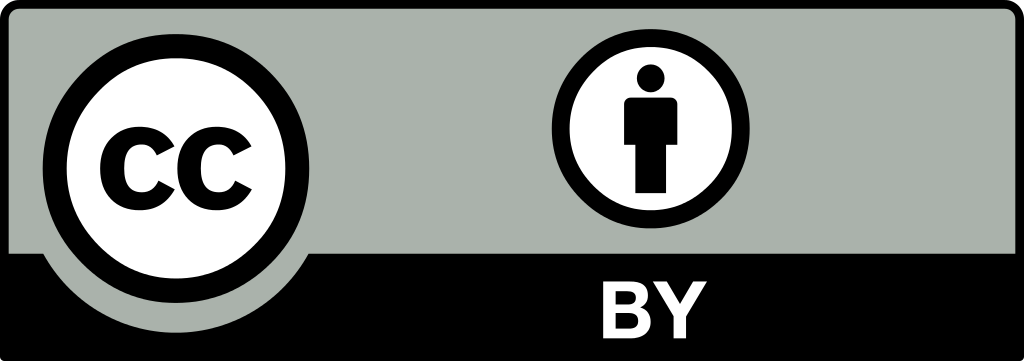

Volume- 9
Issue- 3
Year- 2022
![]() DOI: 10.55524/ijirem.2022.9.3.27 |
DOI: 10.55524/ijirem.2022.9.3.27 | ![]() DOI URL: https://doi.org/10.55524/ijirem.2022.9.3.27
Crossref
DOI URL: https://doi.org/10.55524/ijirem.2022.9.3.27
Crossref
 This is an Open Access article distributed under the terms of the Creative Commons Attribution License (CC BY 4.0) (http://creativecommons.org/licenses/by/4.0)
This is an Open Access article distributed under the terms of the Creative Commons Attribution License (CC BY 4.0) (http://creativecommons.org/licenses/by/4.0)
Article Tools: Print the Abstract | Indexing metadata | How to cite item | Email this article | Post a Comment
Yarram Srinivasa Reddy , G. Kondaiah, Ganesh Naidu Gopu, K. Venkateswarlu, A. Prudhvi Krishna
Car bumpers can deform to absorb impact energy. For static and modal analysis, a Benz vehicle bumper was used. These analyses used a variety of bumper materials, including glass-mat thermoplastic, aluminium alloy, and mild steel with chromium plating (GMT). The majority of modern cars have bumpers composed of PC/ABS, a material blend of polycarbonate (PC) and Acrylonitrile butadiene styrene (ABS). PETG, ABS, and TPU. The deformation and strains grow as the car's speed rises from 55 km/hr to 90 km/hr, according to the static study. At a car speed of 75 km/h, the deformation and stress in the automobile bumper were at their highest. It was found through the static analysis that the stress values for PP material were lower.
Department of Mechanical Engineering, Pace Institute of Technology and Sciences (Autonomous), Ongole, Andhra Pradesh, India
No. of Downloads: 19 | No. of Views: 283
Er. Ishwar Singh, Er. Janrdhan Kumar.
October 2023 - Vol 10, Issue 5
Deepak Kumar S Jani.
August 2023 - Vol 10, Issue 4
Diwa James Enyia.
August 2023 - Vol 10, Issue 4
